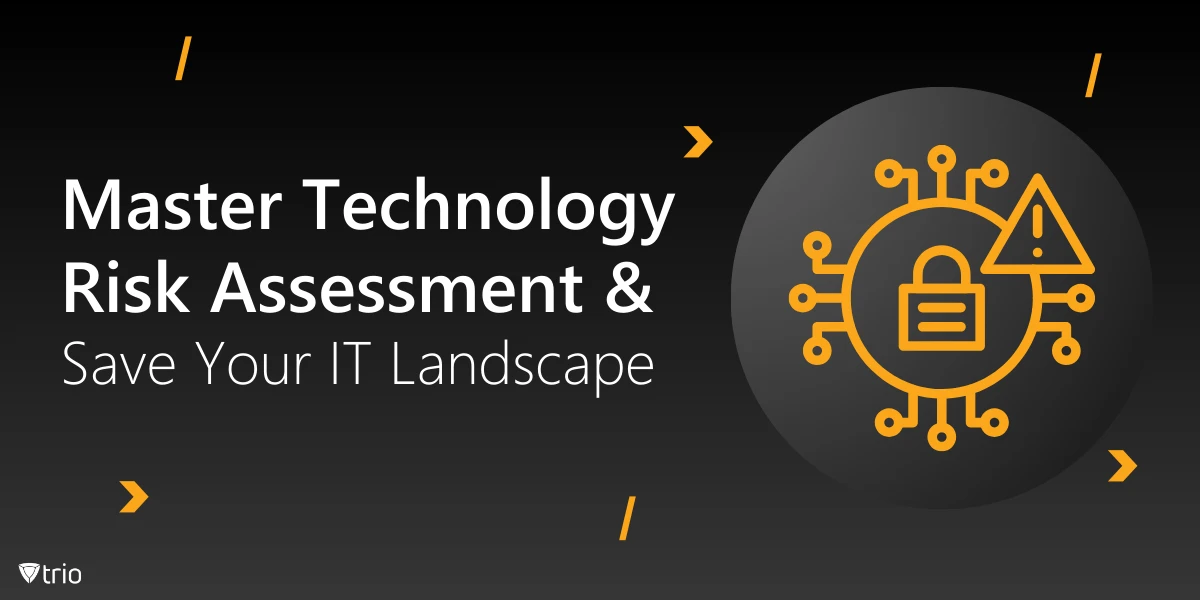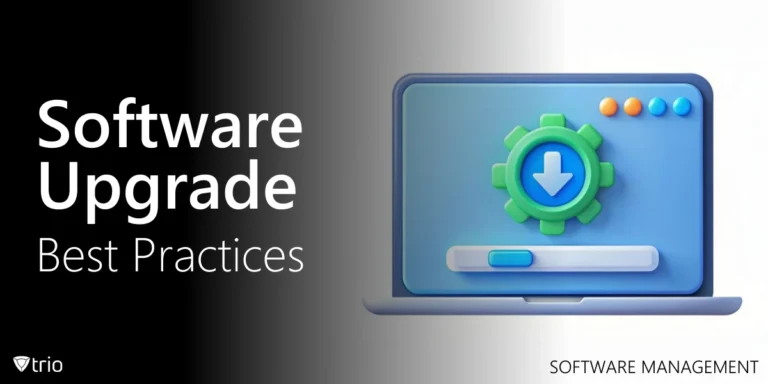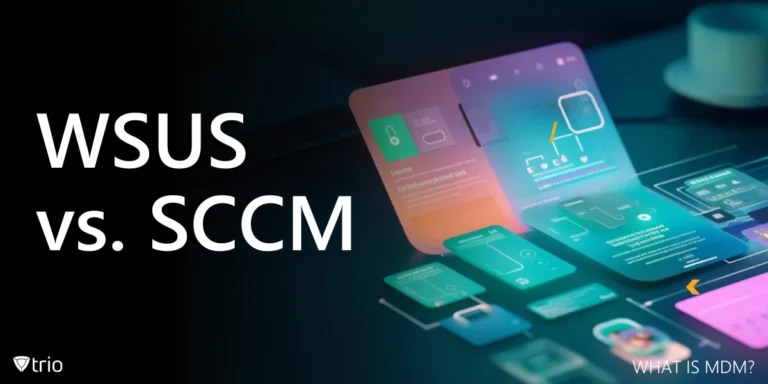In today’s fast-paced digital landscape, understanding and managing technology risks is essential for effective IT management. This blog explores the key tool for this process: the Technology Risk Assessment Template. You’ll learn what a technology risk assessment entails, why it’s vital for protecting your organization, and a step-by-step guide on how to conduct one. Whether you’re mitigating cyber threats or preparing for operational disruptions, this guide provides the insights and strategies you need to safeguard your business.
Why Technology Risk Assessment is Crucial
The stakes for businesses are higher than ever, and technology risk assessment plays a pivotal role in mitigating cybersecurity threats. With cyberattacks becoming more sophisticated, organizations must identify weaknesses before malicious actors exploit them. Proactively assessing risks helps prevent data breaches, financial losses, and reputational damage.
Moreover, technology risk assessment is essential for ensuring compliance with industry regulations. Standards such as the NIST Cybersecurity Framework or GDPR require businesses to demonstrate robust IT compliance and governance. Without a thorough risk management strategy, organizations risk penalties and legal repercussions.
Protecting sensitive data and intellectual property is another critical aspect. Whether it’s customer information or proprietary business data, a single breach could have devastating consequences. Risk assessments allow businesses to implement controls that protect these valuable assets, ensuring long-term resilience.
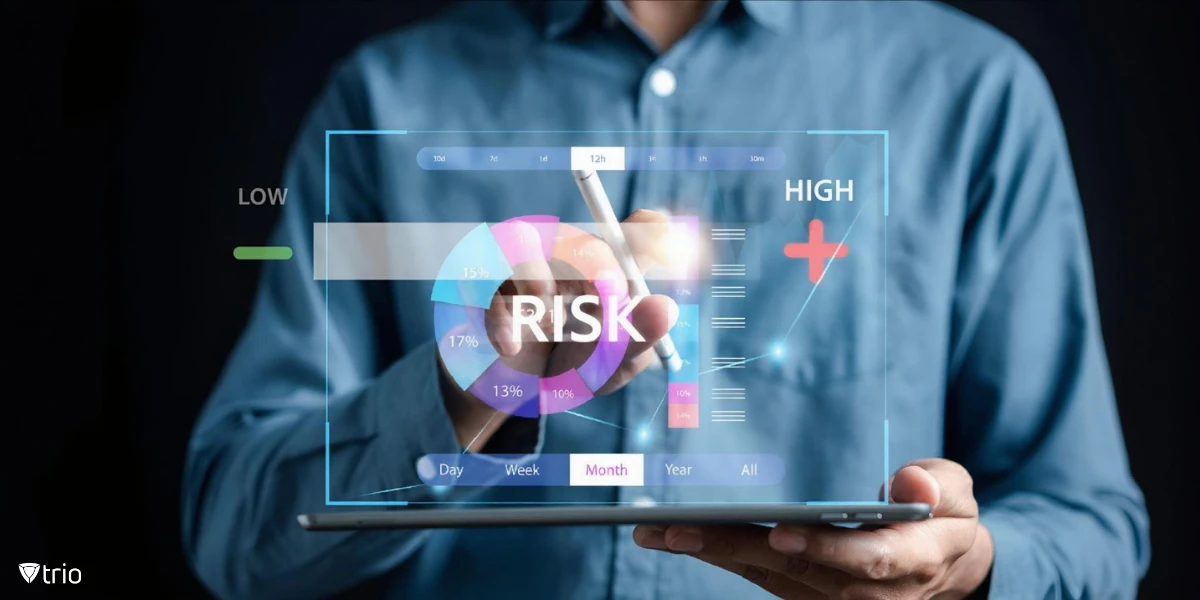
Steps in Conducting a Technology Risk Assessment
Conducting a technology risk assessment involves a structured, step-by-step approach to identify, evaluate, and address potential risks. By following a clear methodology, organizations can ensure that their IT systems are resilient against emerging threats while maintaining operational efficiency.
Step 1: Define Objectives
Clearly state the purpose of the risk assessment. Focus on identifying threats, assessing impacts, and planning risk management strategies while ensuring alignment with business goals and security frameworks.
Step 2: Set the Scope
Specify what systems, networks, applications, and processes will be evaluated. Include internal and external risks (e.g., hardware, software, data security, third-party vendors).
Step 3: Identify Risks
List potential risks, such as data breaches or system failures. Use methods like analyzing logs, reviewing past incidents, consulting stakeholders, and monitoring industry trends.
Step 4: Evaluate and Prioritize Risks
Use tools like risk matrices to assess the likelihood and impact of each risk. Prioritize them by severity, considering financial, reputational, and regulatory impacts.
Step 5: Propose Mitigation Measures
Recommend controls (preventive, detective, and corrective), such as firewalls, regular updates, and staff training. Match solutions to risks, e.g., encryption for data breaches.
Step 6: Choose Treatment Options
Decide whether to avoid, reduce, share, or accept each risk. Use the organization’s risk tolerance and resources to guide decisions.
Step 7: Account for Residual Risks
Acknowledge the remaining risks post-mitigation. Implement continuous monitoring and develop contingency plans to manage them.
Step 8: Ensure Compliance
Consider legal and regulatory requirements in all steps of the assessment to stay compliant and reduce penalties.
Step 9: Monitor and Review Regularly
Technology risk assessment is not a one-time process. Continuous risk assessment processes, including real-time risk monitoring and periodic reviews, ensure that organizations remain resilient against emerging threats.
Tools and Frameworks for Technology Risk Assessment
The effectiveness of a technology risk assessment often hinges on the tools and frameworks employed. Popular methodologies such as the FAIR risk analysis model, OCTAVE, and the NIST Cybersecurity Framework provide structured approaches to evaluating risks. These frameworks enable organizations to align their assessments with industry best practices and regulatory requirements.
Additionally, leveraging enterprise risk management tools simplifies the assessment process. These tools offer features such as risk identification and mitigation, business impact assessments, and incident response planning. They empower organizations to manage risk exposure in IT systems more efficiently.
Download our Free Technology Risk Assessment Template
Take the first step in safeguarding your organization’s IT systems with our free Technology Risk Assessment Template. This comprehensive tool is designed to help you identify, evaluate, and mitigate potential risks, ensuring your business remains resilient against evolving threats. Whether you’re aiming to enhance cybersecurity, maintain regulatory compliance, or protect sensitive data, this template provides a structured approach to managing IT risks effectively. Start your journey toward better risk management today—download now!
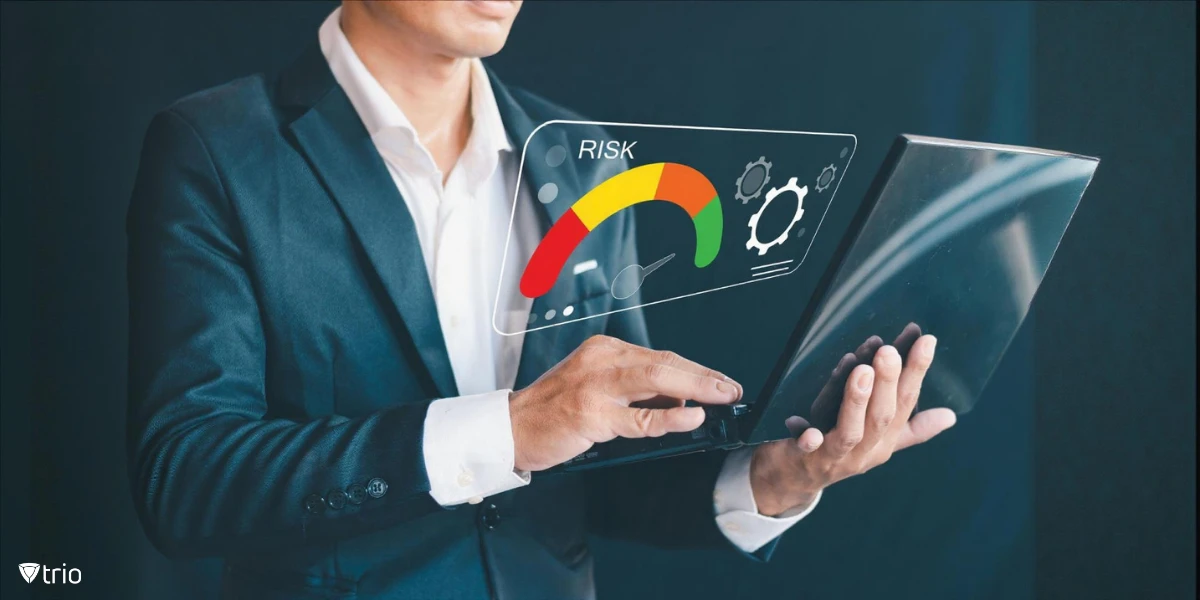
How Trio Can Help with Technology Risk Assessment
Trio, a simplified Mobile Device Management (MDM) solution, is a powerful ally in managing technology risks. With its robust features, Trio enables organizations to identify and mitigate operational technology risks seamlessly. By providing real-time risk monitoring, vulnerability analysis, and compliance tracking, Trio ensures businesses stay ahead of potential threats.
Moreover, Trio’s risk mitigation framework offers technology risk strategies tailored to specific industries. Whether it’s managing asset and system vulnerabilities or facilitating regulatory compliance in IT, Trio is designed to meet the unique needs of modern businesses.
Ready to enhance your technology risk management? Try Trio for free today and experience comprehensive IT risk management.
See Trio in Action: Get Your Free Trial Now!
Conclusion
Technology risk assessment is a vital component of modern IT management. By identifying, analyzing, and mitigating risks, organizations can protect their assets, ensure compliance, and maintain business continuity. With tools like Trio, businesses can simplify the process and stay ahead of emerging threats. Prioritize technology risk assessment today to secure your organization’s future.
Don’t forget to download our free Technology Risk Assessment Template to streamline your organization’s information technology risk assessment.
